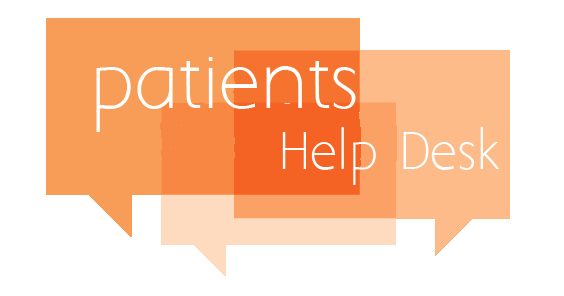Laparoscopic
Laparoscopic is also known as Diagnostic laparoscopic. Laparoscopic is a surgical procedure used to examine the  problemsofthe organs. It is a minimally invasive surgery. Laparoscopic is less stressful.
problemsofthe organs. It is a minimally invasive surgery. Laparoscopic is less stressful.
Laparoscopic is done to find out the conditions that make it hard for a woman to get pregnant such as cysts, adhesives, fibroids , infection.Laparoscopy allows the fertility doctor to see abnormalities that might interfere with a woman’s ability to conceive a pregnancy.
Worried for treatment, take a free second opinion.
Laparoscopic also can be done to check the damage in the internal organs and to find out the cause of cancer in the abdomen area.Laparoscopyhas a very high success rate.
An instrument called Laparoscope used in this procedure to look at the abdominal organs. A laparoscope is long, thin tube with ahighly intense light and a high-resolution camera.
An instrument is inserted through an incision in the abdominal area. This allows visualization of the abdominal and other organs (uterus, fallopian tubes ,ovaries).
ACamera attached to the instrument helps doctors to see the real time images of the organs. Doctors take the samples during this procedure.Laparoscopy is performed under general anesthesia in a surgical center.This means that the patient is completely asleep during the entire procedure.
The incisions will be closed and bandages may be placed over the incisions. The scar will be very small and will fade over time. Laparoscopy takes 30 to 90 minutes.You’ll probably need to avoid eating and drinking for at least eight hours before laparoscopy.
Laparoscopy comes with risks. There are some common complications come after surgery:
Doctors will examine the samples and talk about the next follow-up if required.If an ectopic pregnancy is found, the surgeon will remove the abnormal pregnancy and repair any tissue damage. He or she may need to remove the entire fallopian tube.
If there is no abdominal bleeding, no intestinal blockages and if the organs are normal in size, shape, and position this indicates that your organs are healthy.The fertility doctor will give prescriptions for postoperative pain and for nausea.
An abnormal result includes
These are safe procedures that are carried out today to address the infertility problem in women and have achieved reasonable success.


















